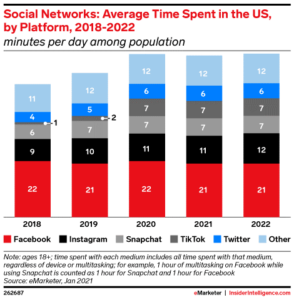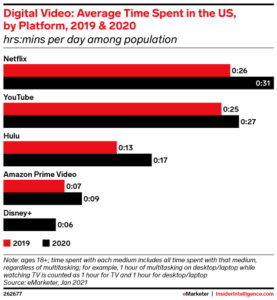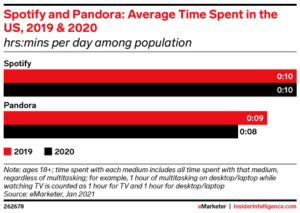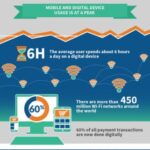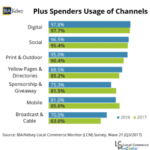Do you know where your phone is?
Of course, you do. We all do. It is likely in your hand right now as you are reading this and it is not just you, it is everyone. In fact, it is estimated that US adults have tacked on an impressive hour of screen time daily.
For me personally, my phone is the last thing I checked before bed last night and the first thing I picked up this morning. It is not even 10:30 am yet today and I have already logged hours on my phone. It woke me up as my alarm, I checked email, looked at the weather (cold!), went on social media and have already sent several texts. I have streamed my morning workout on my app and logged my breakfast. I have called my children who are in the same house to make sure they are up and getting ready for school and I have placed an order for dog treats on Amazon. I am not remotely unique.
We are still in the midst of a global pandemic, and we are using our phones more than ever to stay connected to friends, family and the outside world. Adults in the US are logging one more hour per day on digital activities across all devices than they did one year ago in 2019. In fact, according to eMarketer’s latest time spent forecast from Insider Intelligence, total digital time is now on track to surpass 8 hours by the end of 2022. Yes, eight hours!
As marketers know, this means people are easier than ever to reach with digital ads. How many have I been served already today? I don’t know the exact number, but I can tell you a few broke through the noise and had an impact on me already today. How? By targeting me with exactly what I’m interested in exactly where I was.
For example, would I like this comfy set to work and lounge in? Absolutely yes I would!!
Do I need this for my dry winter hair?? I do!
Should I have less sugar in my yogurt? Yes! I’m in.
We know digital ads work and we know targeting works. Now let’s look at where people are so we know where to be. Let’s break it down by medium and check out some stats.
In 2020, it was estimated that US adults spent 7 hours, 50 minutes (7:50) per day consuming digital media. It is important to note that time spent with each medium includes all time spent with that medium, regardless of multitasking; for example, 1 hour of multitasking on desktops/laptops while watching TV is counted as 1 hour for TV and 1 hour for desktops/laptops. These numbers are up 15.0% from 6:49 in 2019, the biggest increase since 2012. This number is considerably higher than what eMarketer was projecting for Q1 2020 (7:31).
Digital time accounted for 57.5% of adults’ daily media time in 2020, well over half of their daily media time, and that figure is estimated to reach 60.2% by 2022.
These numbers are not entirely shocking, especially if you receive and glance at your weekly “screen time” reports or peek at your own behavior. Take me for another example right now. I’m at my desk working on my laptop and while I’m typing in word right now writing this blog, I have three screens and over 10 tabs open. I’m listening to Spotify on my iPad in my office and my phone is resting next to my cup of coffee. eMarketer forecasting analyst at Insider Intelligence Zach Goldner has said, “Time spent with almost all digital devices experienced an uptick in 2020.” I’ll say for sure on that one! He also said, “Connected TVs and video game consoles are the main beneficiaries of the cord-cutting trend due to increases in the number of subscription OTT and ad-free video-on-demand users and content offerings.”
Check out these visuals for more specific break-outs by media type, and remember with each platform, we have exceptional advertising opportunities and targeting options to reach the exact people you are looking for, right where they are.
Social Network Time: 1:05, up from 56 minutes in 2019
Digital Video Time: 2:13, up from 1:46 in 2019
Digital Audio Time: 1:29, up from 1:22 in 2019
Well, there is a look at 2020, what does all of this mean as we move into 2021? Goldner predicts, “As normalcy returns in 2021, overall digital consumption will hold all of last year’s gains. Desktop/laptop time will return to negative growth this year, but smartphone time will more than make up the difference.”
Smartphones are demanding a substantial portion of adults’ total digital time. In reality, smartphone time surpassed 3 hours for the first time in 2020 (3:13), up from 2:45 in 2019.
Looking ahead, increase in digital time is absolutely expected to continue, although at much smaller rates. It is anticipated that US adults’ daily digital time will gain another 7 minutes in 2021 to 7:57. It will then surpass 8 hours (8:02) in 2022 for the first time.
Time will tell and 2021 is just getting started.




